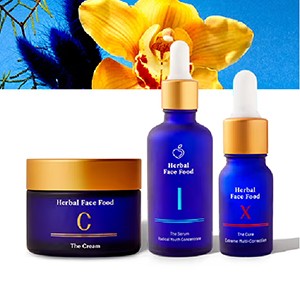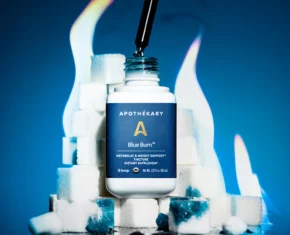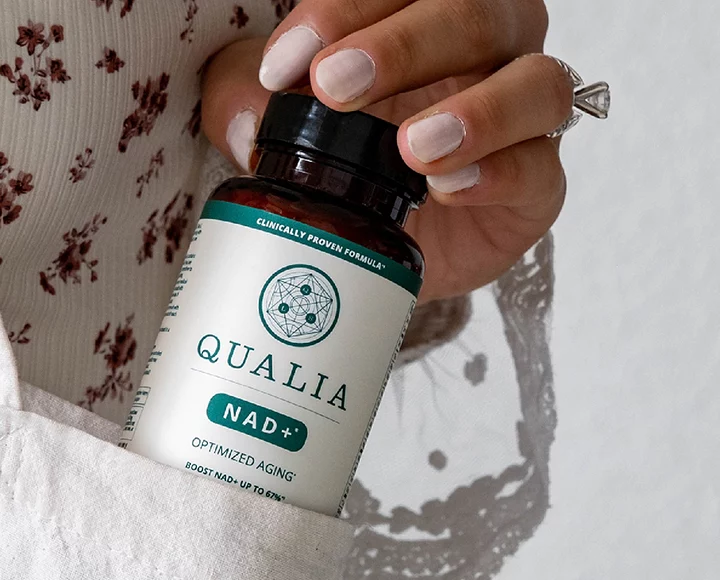Adi Jaffe PhD is the author of The Abstinence Myth: A New Approach For Overcoming Addiction Without Shame, Judgment, Or Rules. In our interview below, Jaffe, who has appeared on Larry King, Good Morning America, Dr. Oz and more, shares about his highly controversial approach to addiction and recovery. At its core, we find his philosophy to be reasonable, modern and approachable, but it is one of the only programs that breaks from the status quo. That being said, when it comes to addiction recovery, Jaffe has raised a lot of eyebrows.
At its core, Jaffe’s approach is about unearthing the core issues (often unaddressed shame, he claims) lying beneath our addictive behaviors. The diversity of those core issues, argues Jaffe, is what makes our current ‘one-size-fits-all’ approach to recovery so commonly ineffective.
Editor’s note: Addiction and recovery are very serious issues effecting more individuals in 2021 than ever before. We do not disparage any approach to recovery that is effective, including AA. One of our goals is to always present you with emerging ideas in wellness — we think it’s important to explore new tools that could help a broader range of individuals.
The Chalkboard: In our initial discussion before this interview, you said that there is really just one school of thought currently when it comes to addiction and recovery. Lets talk about that…
Adi Jaffe: Right now, around 85-90% of what happens in the addiction field is, in all essence, based on the following model: short-term treatment — rehab as we call it, inpatient or outpatient, followed by life-long engagement in AA (if you’re one of the successful ones).
The idea behind this approach is simple: “addicts and alcoholics” are sick people with a disease that keeps getting worse and they need to be managed forever.
There are a lot of problems with this model — no one has identified the biological underpinning of the disease (they think dopamine has a lot to do with it, but everything that’s rewarding does), it describes a very small portion of those who struggle with drugs, alcohol, sex or food, and yet everyone has to get thrown into the same bucket — because that’s all we have.
When you look at everyone who is told to try this method or who tried it on their own you find success rates between 5-15%, depending on who you ask. Even AA recognizes only around 15% meet lifelong abstinence rates.
Despite this, we continue to send everyone with an addiction problem into that system — a system that is literally failing 90% of those who go into it. The results are obvious: we are losing the war on addiction recovery. 2020 was the deadliest overdose year ever recorded and we double those numbers every 10 years or so.
TCM: When it comes to “abstinence” you have a whole other way of looking at things. Will you spell it out for us?
AJ: The approach I offer in my book The Abstinence Myth is simple: addiction to alcohol is not about alcohol and addiction to sex is not about sex. Let’s stop mandating that people stop drinking alcohol and watching pornography to get help with their problem. People become addicted because the drug or behavior is making them feel something they are seeking. Typically, because it helps them feel better (because they normally feel bad) or helps them numb or avoid pain (because they hate aspects of their life).
The drug addiction is their medicine, but the real disease is whatever they are actually struggling with: trauma, environmental pressure, stress and anxiety, depression, terrible relationship, problematic upbringing and attachment. That makes every addict unique (another reason NOT to toss them all into the same bucket).
Addicts need help solving the actual problems they need help with. As those problems are addressed, their need to drink or use is reduced and they become less addicted.
That is NOT to say that there aren’t physical aspects of their addiction that will need to be addressed and it is NOT to say that this makes the work easy.
At IGNTD, we believe you have to go to the core of a person’s belief structure and life experience to truly fix their addiction. But once you do it, they are free forever — that’s right, no AA meetings for life, unless you want them.
We do not mandate abstinence (and yet about 40-50% of our users want it) and we do not measure success at IGNTD by how many days sober a person has. We measure overall quality of life across 10 different areas of life (AOLs) and improved self-functioning. Those are the outcomes we look at. We have no problem with abstinence, but believe that people have to self select it if they so choose.
TCM: This break with the mainstream approach has been super controversial for you. After all, dealing with addiction is a serious issue and there is a lot of fear surrounding the issue for those who have friends and family that struggle. Talk to us about your experience there…
AJ: Sure. I’m not forcing someone who drinks too much and hurts themselves to commit to quitting forever. And that feels dangerous to many.
Many people believe they can force others to quit. Looking into deeper issues beyond the addiction behavior itself might feel complicated and bring up pain and discomfort and that’s hard to deal with (It’s much easier to say “you’re an alcoholic and you have to stop drinking” than “our relationship has been damaged for 15 years and we have a lot of work to do if we want to fix it because we kind of hate each other right now”). If you tell someone to quit and they don’t do it it is then their fault they didn’t get better (or so people like to tell themselves).
For a century, the system has blamed those who struggle with not being serious enough (or having damaged brains) to commit to getting the help they need. I call BS. I liken it to a restaurant owner with terrible Yelp reviews who says “the reason 95% of people don’t like eating at my restaurant is that people have terrible taste in food.” No. Your food sucks, or your service is terrible, or you charge way too much money or your location is smelly and full of cockroaches. It’s on us to fix this problem and we have to stop blaming the vast majority of people out there struggling because we have not created a solution that works for them and that they want.
TCM: We’ve presented more than our fair share of health and wellness ideas commonly met with skepticism. For the skeptics out there, sell us on your approach to recovery…
AJ: If the above didn’t do it, I’ll say this: It is OBVIOUS that what we’ve been doing for the last 100 years is simply NOT having the impact we want it to. So we can sit around and argue about the “right approach” or hold onto our guns and say “if they really want to get better they’ll come our way.” Or we can roll up our sleeves and find another way to get to the 95% of people who struggle with alcohol and drugs and are not getting help.
Success should be simple to measure: are we saving more lives than we ever have before? If we can’t answer that with a resounding ‘yes’, then we haven’t done our job. Anyone who believes the current system is working needs to take a look inside and see how they’re measuring that, because it’s not for the hundreds of thousands dying each year.
The biggest selling point for the ideas in my book come down to the stories — the hundreds of people who found IGNTD and it changed their lives. After trying the “standard” recovery offerings out there (whether free or uber-expensive), these people simply didn’t find what they needed. We now have dozens of testimonials and a handful of podcast episodes with those stories — people who were at the end of their ropes and got a new lease on life.
TCM: How has your own experience informed your philosophy?
AJ: Yes, although not exclusively, my own experience and 8 years of schooling followed by another 10 years of research and learning have allowed me to create what I believe is one of the most effective, efficient and life-transforming programs in the IGNTD Hero online program. The need for non-abstinence help came from my own journey, but the methods and the focus on shame and the tools came from school and research and experience.
TCM: Are there any case studies or personal stories from the book you’d like the share?
AJ: There are a lot, including Aliyah, who we just interviewed for the podcast and Julia who we’ve talked about many times before (both are public in their support for our work).
Aliyah was addicted to meth and used to chronically relapse over decades. Her sister is a psychiatrist who specializes in addictions, but even she couldn’t help her. Aliyah found IGNTD right after a suicide attempt and credits the program with saving her life and getting her family back. She is now 2.5 years sober.
Julia came to us to learn how to drink less after years of trying everything she could think of and is now 3 years sober and doing amazingly well. We have so many more stories to share, you can find more of them on our IGNTD podcast or in my book.












